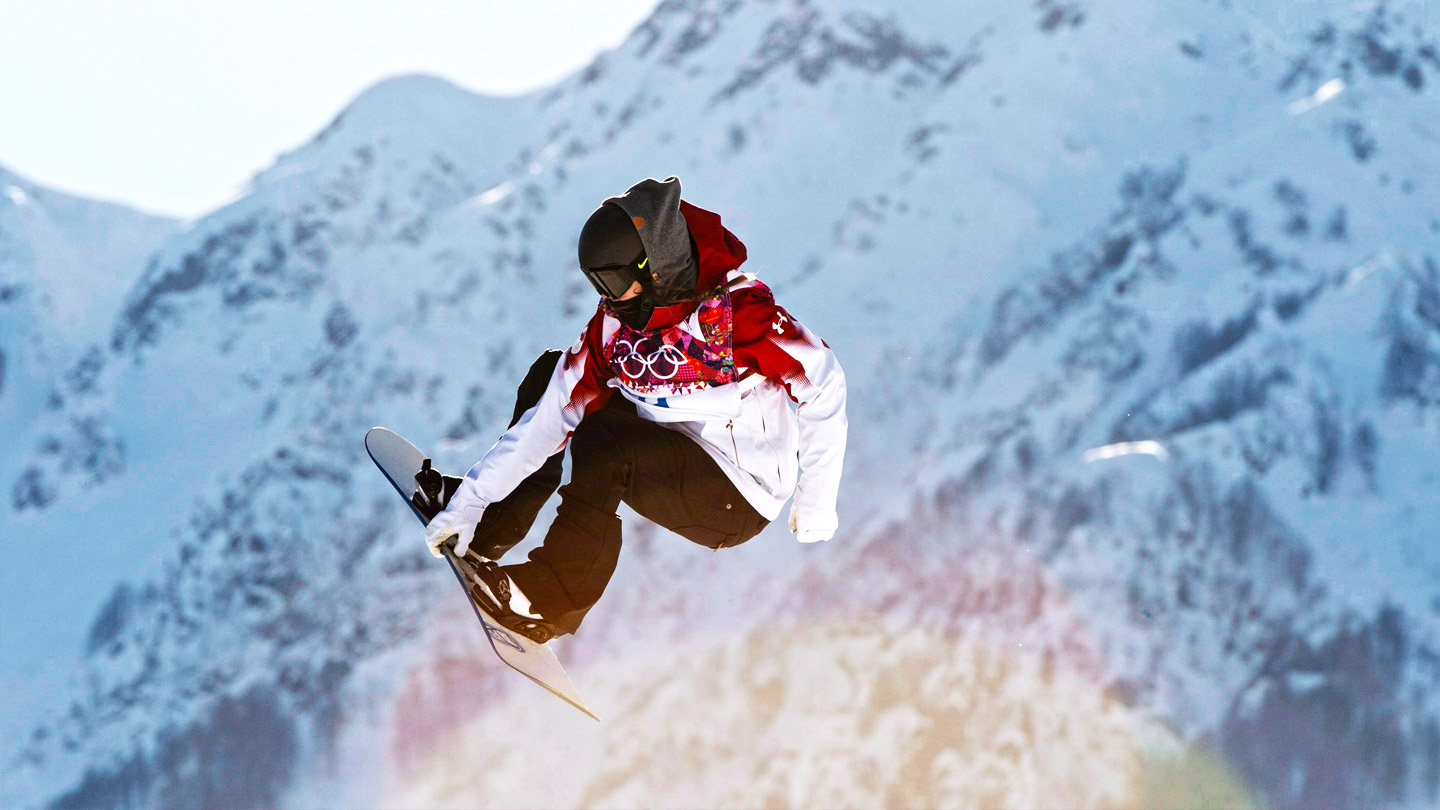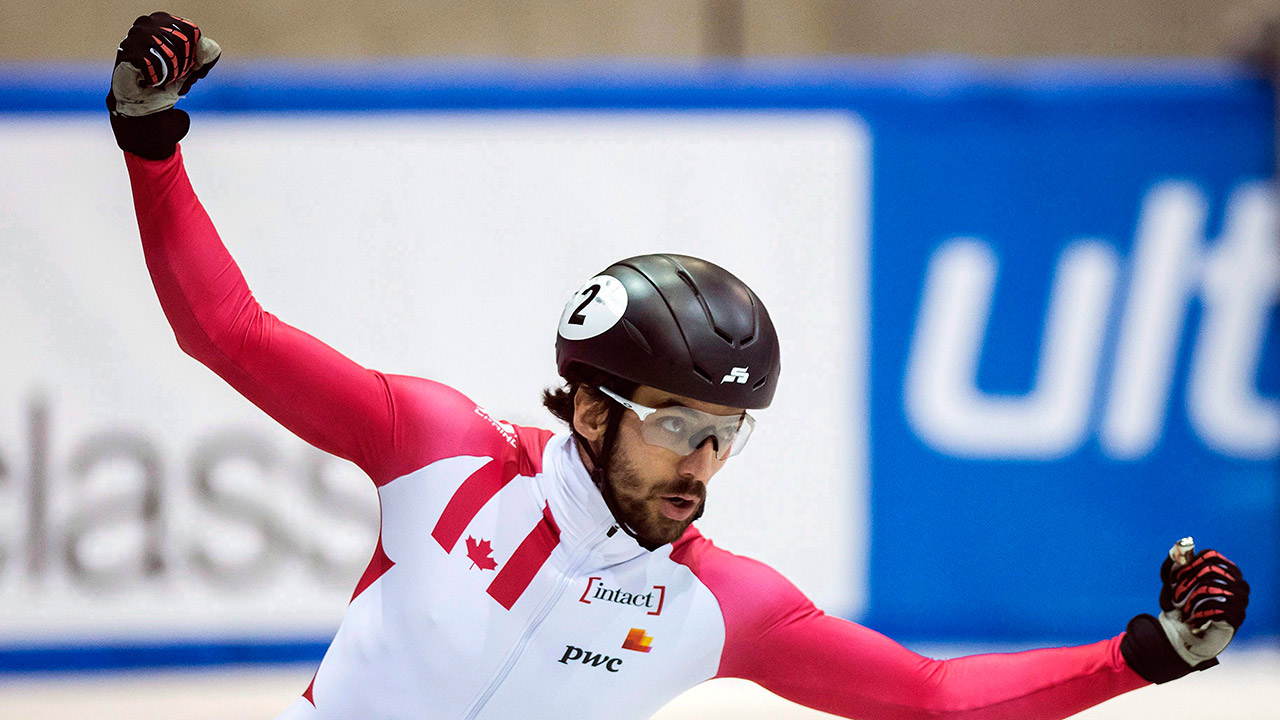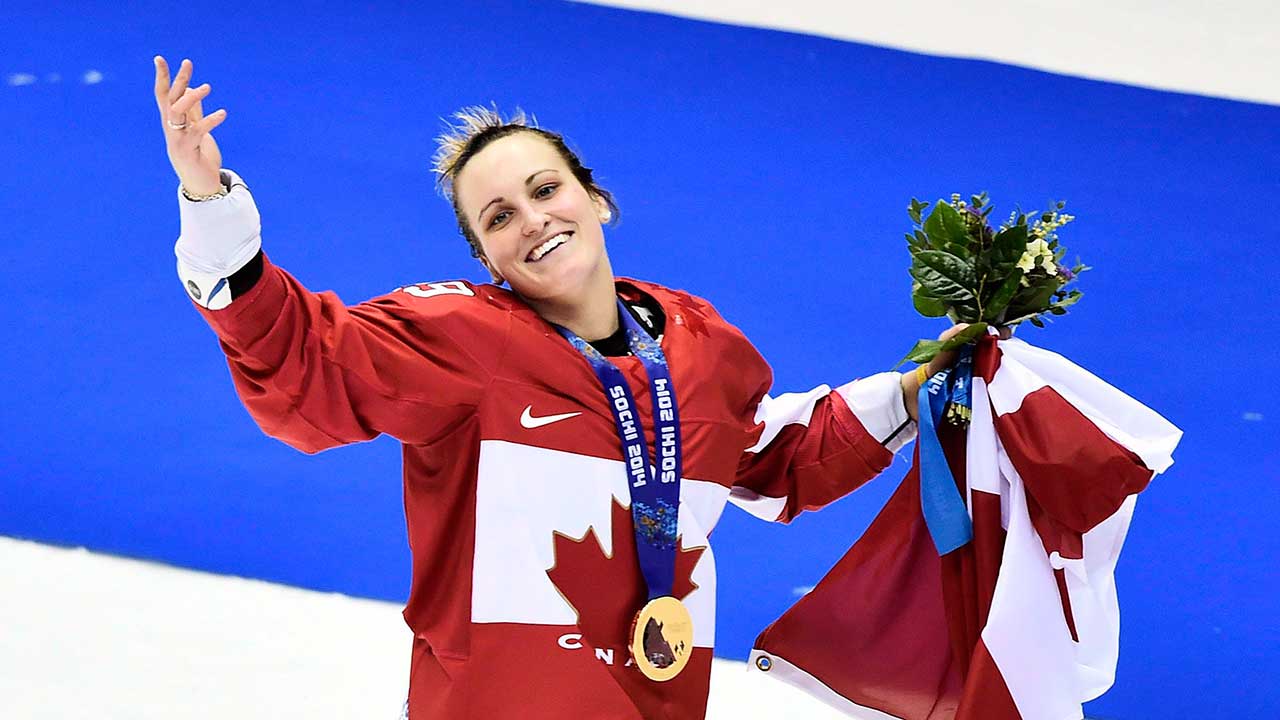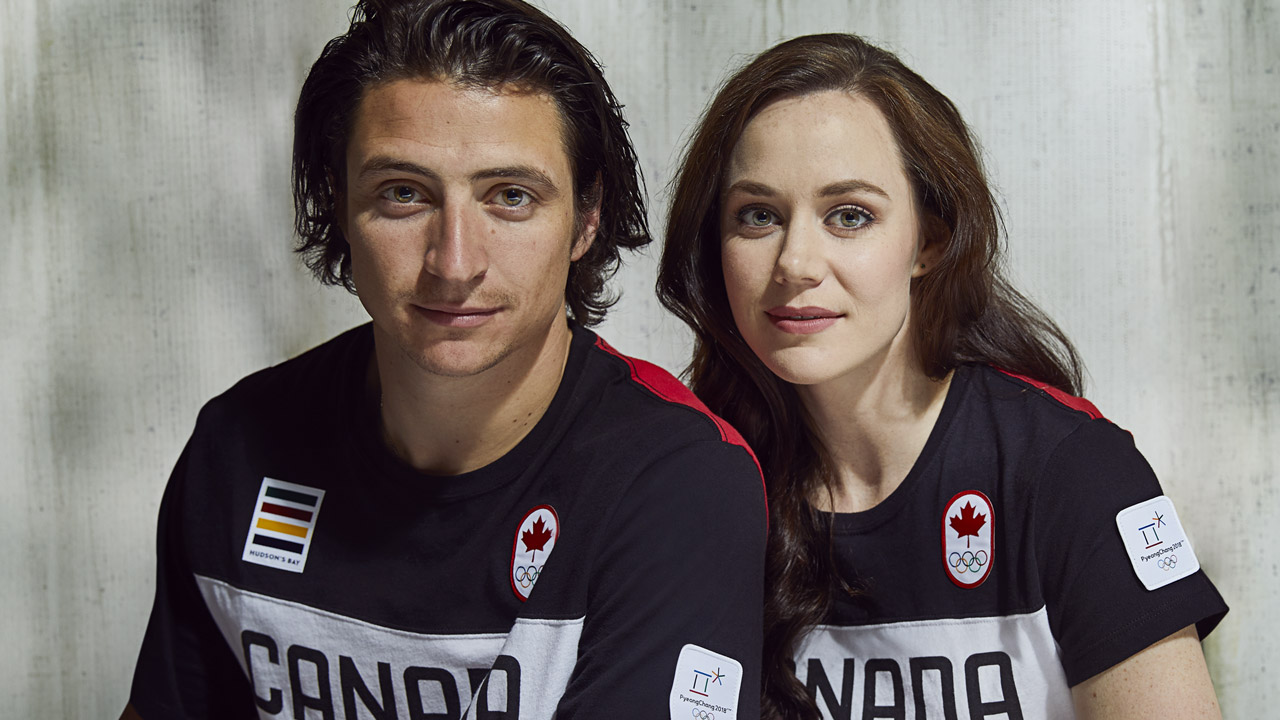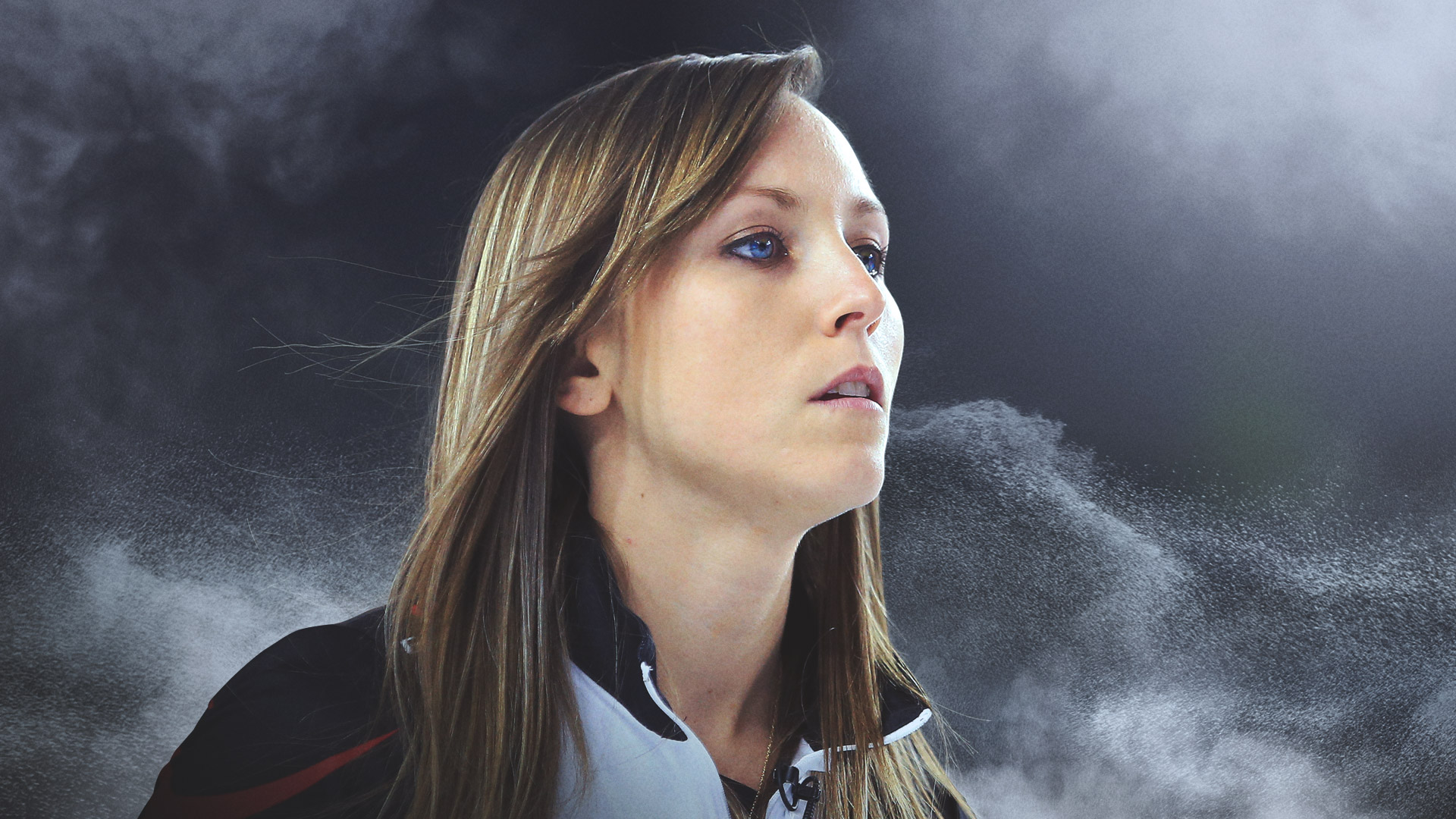Now that your rheumatoid arthritis is under control, you must be looking forward to a second shot at the Winter Games.
Yep, very excited about that. I’ve been pretty much symptom-free on my medication for more than two years now.
In Sochi, you never mentioned anything about the physical difficulties you’d been facing. How come?
I think for me to process [the diagnosis] in time [for the Olympics] and to be able to get there and push through, I almost had to pretend like it didn’t exist. I was like, “This didn’t happen. I’m at the Olympics and that didn’t happen, and I don’t have that condition.” I had to put it on the backburner to move forward. It wasn’t until the following season that I really processed it and became comfortable with it.
Did you know much about rheumatoid arthritis four years ago?
I honestly didn’t. It was like, “This is what you have, here’s some medicine, go to the Olympics.” And there was a lot of, “It’s not working, give me different medicine, go to the Olympics.” [Laughs.] It was a crazy time. The first medicine they put me on didn’t manage my symptoms well enough.
And the main symptom was chronic pain?
Yeah. And really, really bad morning pain. It would take me about five hours to not hurt after the morning. And the mornings were so bad. Like, I couldn’t get out of bed, bad. It would hurt to lift my head off the pillow, to put my feet on the ground. I would walk down a set of stairs — it was handrail, wall, one foot on every stair. It was an ordeal to walk downstairs to make coffee. It would get better throughout the day, but the mornings were so painful.
Were those moments happening in Sochi?
They weren’t, thankfully. I did feel good at those Games, and I feel like I showed up and I still had a very legitimate chance. That’s something I’m pretty proud of. I had to take off about six months before the Games because of everything that was happening with my body. I was like, “I can’t walk down a set of stairs, how am I going to snowboard?”



